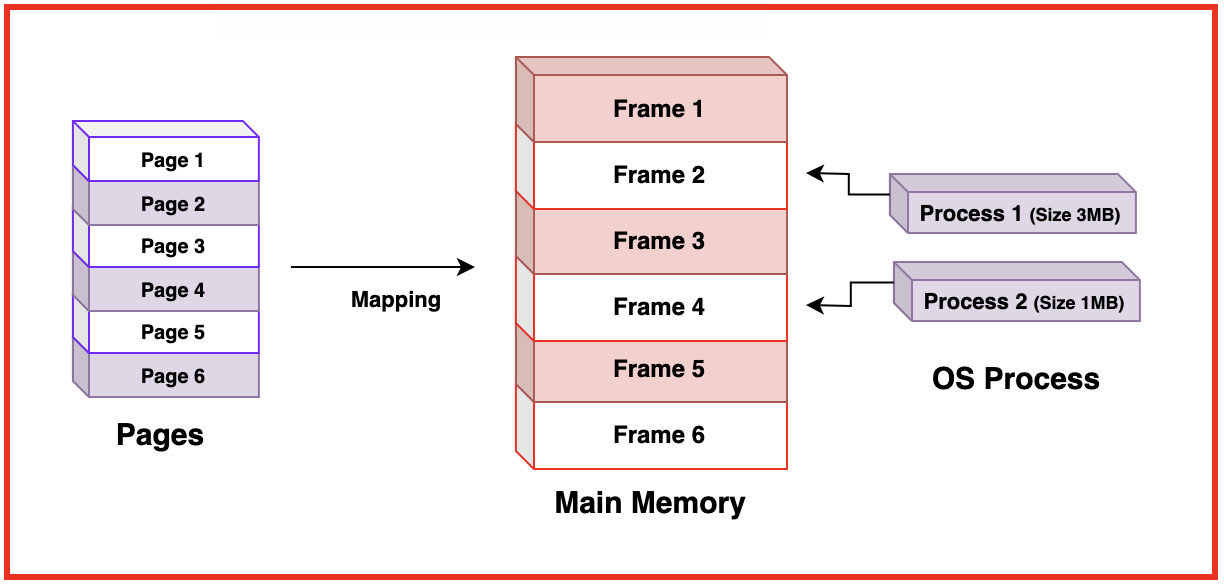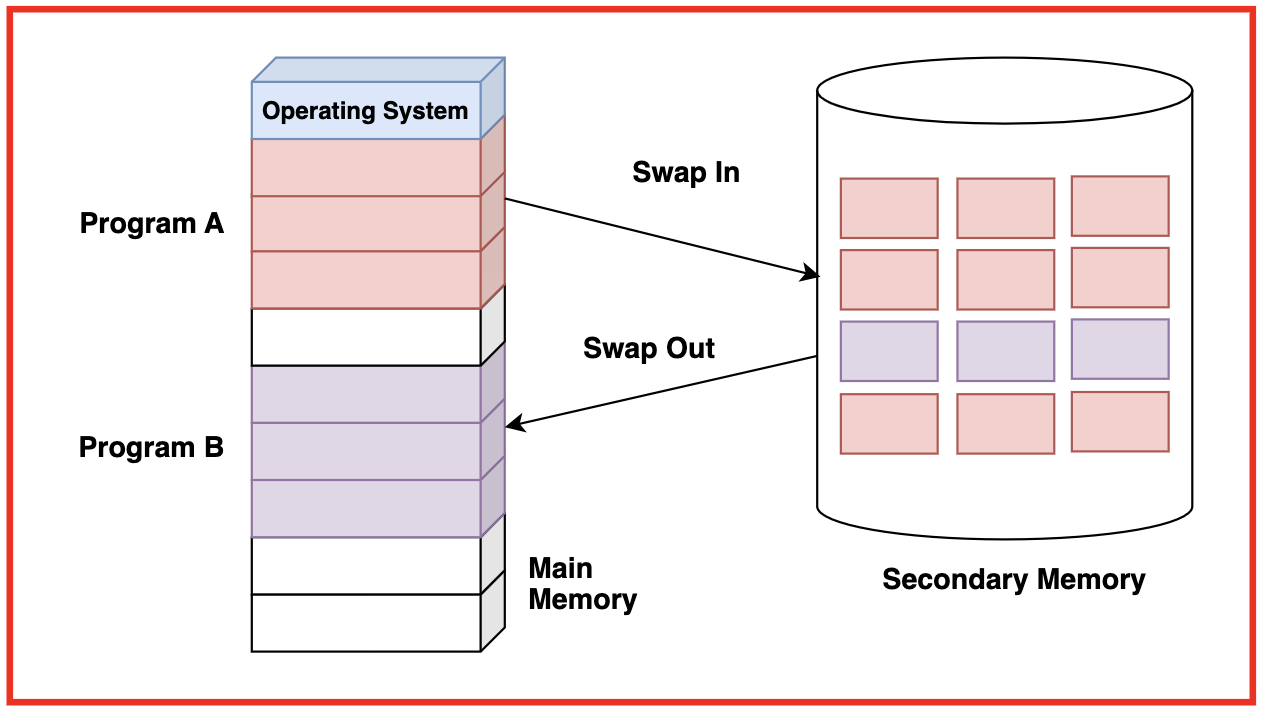A page fault is an exception that occurs when a program accesses a memory page that is not currently present in physical memory (RAM). In modern operating systems that use virtual memory management...
A page fault is an exception that occurs when a program accesses a memory page that is not currently present in physical memory (RAM). In modern operating systems that use virtual memory management, memory is divided into fixed-size pages, and only the pages that are actively being used by a process are kept in physical memory. When a program attempts to access a page that is not in RAM, a page fault occurs, triggering the operating system to load the required page from secondary storage (such as a hard disk or SSD) into physical memory.

Page faults are a fundamental part of virtual memory systems, allowing programs to address more memory than is physically available. They enable efficient use of memory resources by swapping pages in and out of physical memory as needed, based on the demands of running processes. While page faults incur some overhead due to the need to access slower secondary storage, they are essential for providing the illusion of a larger memory space to processes than actually exists in physical memory.
Causes of Page Faults
-
Demand Paging: Most modern operating systems use demand paging, where only the pages of memory that are actively being used by a process are loaded into physical memory. As a result, when a process accesses a page that is not currently in RAM, a page fault occurs, and the required page is fetched from disk into memory.
- Page Replacement: If physical memory is full and a process needs to bring in a new page, the operating system must choose a page to evict from memory to make space. This involves selecting a victim page for replacement, often based on algorithms like Least Recently Used (LRU) or First-In, First-Out (FIFO).
- Copy-on-Write: Some systems use copy-on-write mechanisms, where multiple processes can share the same memory page until one of them attempts to modify it. When a modification occurs, the page is copied, leading to a page fault for the modifying process.
Handling Page Faults

When a page fault occurs, the operating system intervenes to handle the exception and ensure that the required page is brought into physical memory. The steps involved in handling a page fault are:
- Page Table Lookup: The operating system consults the page table of the process to determine whether the accessed memory address corresponds to a valid page in physical memory or if it has been swapped out to disk.
- Disk Access: If the required page is not in physical memory, the operating system initiates a disk access to read the required page from secondary storage into a free page frame in physical memory.
- Updating Page Table: Once the required page is loaded into physical memory, the operating system updates the page table entry for the accessed memory address to indicate that the page is now resident in RAM.
- Resuming Execution: Finally, the operating system restarts the instruction that caused the page fault, allowing the process to continue its execution with the required page now available in physical memory.
Impact of Page Faults on System Performance
Page faults can have a significant impact on system performance, primarily due to the latency introduced by disk accesses compared to accessing data from physical memory. When a page fault occurs, the CPU must wait for the required page to be fetched from secondary storage, leading to a temporary pause in program execution known as a "page fault stall."
Frequent page faults can result in decreased overall system performance, as the CPU spends more time waiting for data to be fetched from disk rather than executing program instructions. To mitigate the impact of page faults on performance, operating systems employ various techniques, such as:
- Optimising page replacement algorithms
- Utilising disk caching
- Employing prefetching strategies to anticipate and load pages into memory before they are needed
Additionally, system administrators may tune system parameters, such as the size of the page file or swap space, to balance memory usage and disk access latency. Overall, managing page faults effectively is crucial for maintaining system performance and ensuring efficient utilisation of memory resources.
Special thanks to Gauri Tomar for contributing to this article on takeUforward. If you also wish to share your knowledge with the takeUforward fam, please check out this article.
